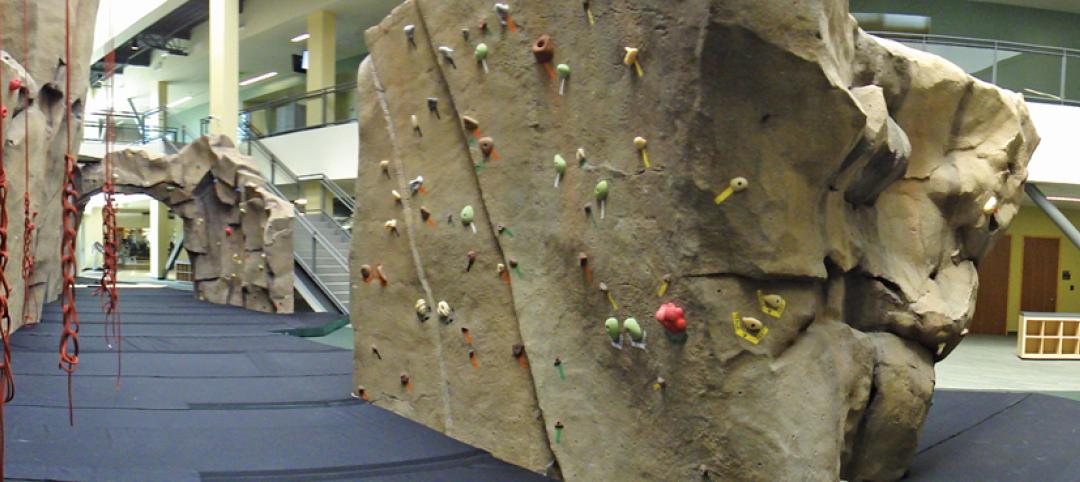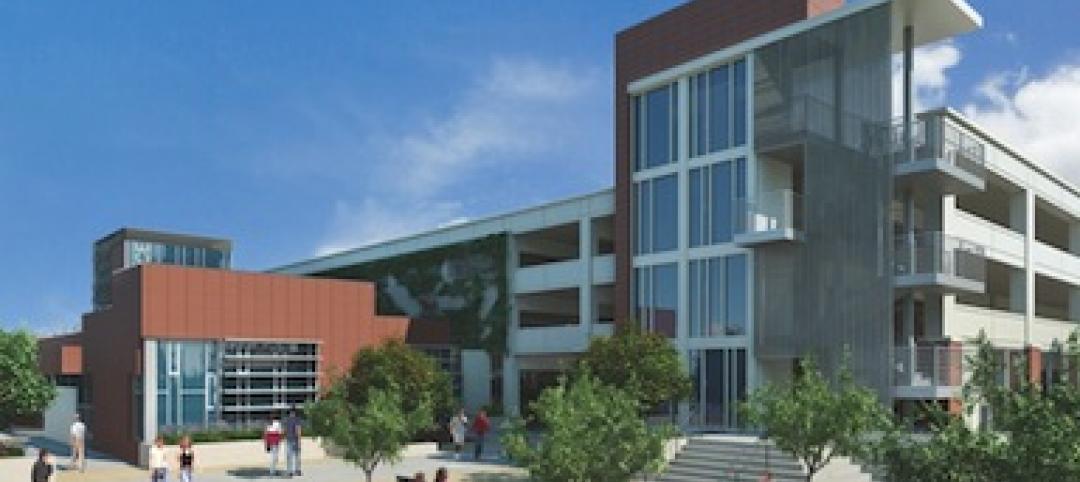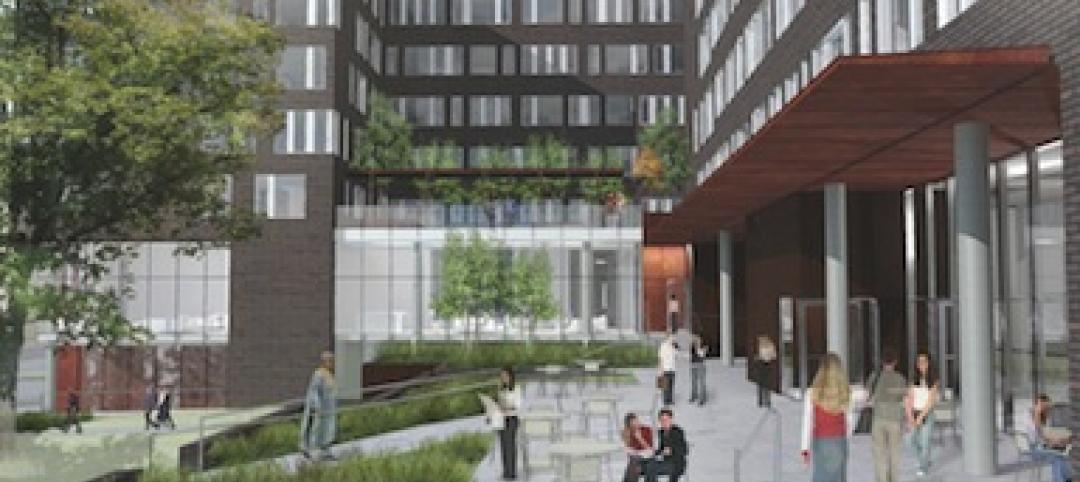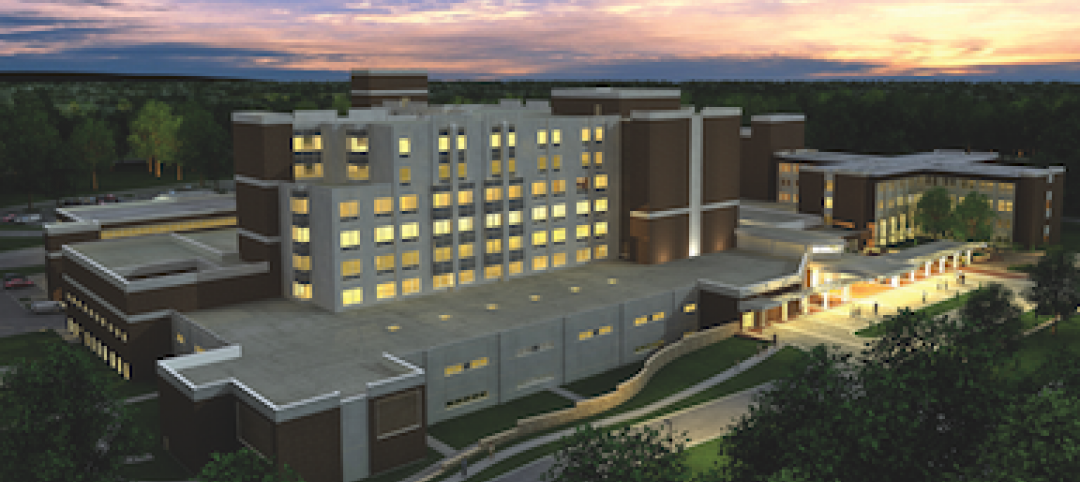November 2, 2010—Local and state building code officials last week approved a package of revisions to the commercial section of the 2012 International Energy Conservation Code (IECC) that represent the largest single- step efficiency increase in the history of the national, model energy. The changes mean that new and renovated buildings constructed in jurisdictions that follow the 2012 IECC will use 30 percent less energy than those built to current standards.
Attendees voted nearly unanimously on a series of proposals to effect the change at the International Code Council’s (ICC) final action hearings held in Charlotte, North Carolina, October 27-31, 2010. The improvements were part of a major comprehensive proposal submitted jointly by New Buildings Institute (NBI), The American Institute of Architects (AIA), and the U.S. Department of Energy (DOE) that addresses measures such as cooling, lighting, quality assurance and renewable energy standards. Several other key proposals that contribute to the savings were approved independently.
The comprehensive proposal is largely based on NBI’s Core Performance protocol, a direct approach to achieving energy savings in commercial buildings. Utilities and public benefits administrators in six states and two Canadian provinces have adopted Core Performance as part of their voluntary efficiency program offerings.
“Increasing the efficiency of commercial building energy codes provides the best opportunity to bring about significant savings and helps move us along the path toward low-energy commercial buildings,” said Dave Hewitt, NBI executive director.
“The often contentious process of developing codes was largely avoided in this case because of the extensive outreach and collaboration that was undertaken to gain industry support for the proposals. As a result, we were able to successfully resolve differences prior to the hearings and put forward our best option for consideration,” Hewitt said.
“The overwhelming support we saw during the votes tells us the marketplace is ready for these practical, feasible and affordable improvements,” said Jessyca Henderson, AIA, director of sustainability advocacy at the AIA. “The nation’s code officials are to be commended and congratulated for seizing this historic opportunity to move the country toward more efficient buildings and help us build an economy that is less reliant on fossil fuels—now and into the future,” she said.
Computer modeling of the 2012 IECC shows more than 30 percent better energy efficiency on average than the ASHRAE 90.1-2004 model code, and payback periods on the new code measures are estimated at less than seven years depending on climate and building type. The energy savings in the 2012 IECC meet national calls from Congress, the Secretary of Energy and industry leaders to improve the efficiency of commercial buildings by 30 percent. In addition, the 2012 IECC will serve as the baseline standard for the International Green Construction Code (IGCC) currently under development.
The 2012 IECC contains many important, first-ever technical features including a new section on commissioning, pathways to use daylighting, and options for the use of on-site renewable energy. It will be published in April 2011 for adoption by state and local agencies.
New Buildings Institute is a nonprofit organization working collaboratively with commercial building professionals and the energy industry to promote better energy performance in buildings, including advocating for advanced design practices, improved technologies, public policies and programs that improve energy efficiency. Visit www.newbuildings.org.
For over 150 years, members of The American Institute of Architects have worked with each other and their communities to create more valuable, healthy, secure, and sustainable buildings and cityscapes. By using sustainable design practices, materials, and techniques, AIA architects are uniquely poised to provide the leadership and guidance needed to provide solutions to address climate change. AIA architects walk the walk on sustainable design. Visit www.aia.org.
Related Stories
| Sep 21, 2010
Middough Inc. Celebrates its 60th Anniversary
Middough Inc., a top ranking U.S. architectural, engineering and management services company, announces the celebration of its 60th anniversary, says President and CEO, Ronald R. Ledin, PE.
| Sep 16, 2010
Gehry’s Santa Monica Place gets a wave of changes
Omniplan, in association with Jerde Partnership, created an updated design for Santa Monica Place, a shopping mall designed by Frank Gehry in 1980.
| Sep 16, 2010
Green recreation/wellness center targets physical, environmental health
The 151,000-sf recreation and wellness center at California State University’s Sacramento campus, called the WELL (for “wellness, education, leisure, lifestyle”), has a fitness center, café, indoor track, gymnasium, racquetball courts, educational and counseling space, the largest rock climbing wall in the CSU system.
| Sep 13, 2010
Community college police, parking structure targets LEED Platinum
The San Diego Community College District's $1.555 billion construction program continues with groundbreaking for a 6,000-sf police substation and an 828-space, four-story parking structure at San Diego Miramar College.
| Sep 13, 2010
Campus housing fosters community connection
A 600,000-sf complex on the University of Washington's Seattle campus will include four residence halls for 1,650 students and a 100-seat cafe, 8,000-sf grocery store, and conference center with 200-seat auditorium for both student and community use.
| Sep 13, 2010
Second Time Around
A Building Team preserves the historic facade of a Broadway theater en route to creating the first green playhouse on the Great White Way.
| Sep 13, 2010
Palos Community Hospital plans upgrades, expansion
A laboratory, pharmacy, critical care unit, perioperative services, and 192 new patient beds are part of Palos (Ill.) Community Hospital's 617,500-sf expansion and renovation.
| Sep 13, 2010
China's largest single-phase hospital planned for Shanghai
RTKL's Los Angles office is designing the Shanghai Changzheng New Pudong Hospital, which will be the largest new hospital built in China in a single phase.













